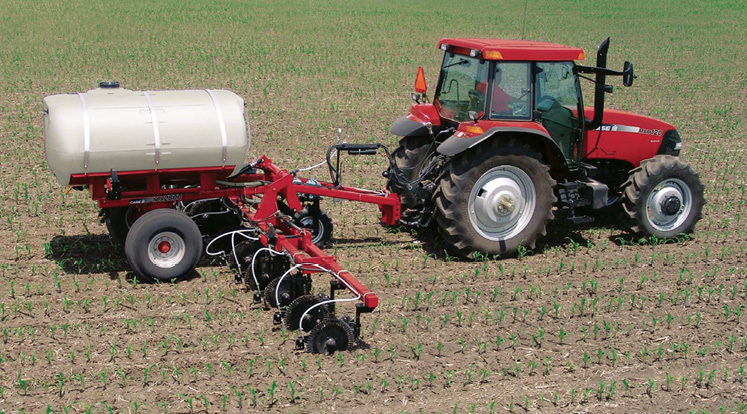High fertilizer prices could continue into the Spring 2022 planting season, according to a report issued by an agricultural bank.
The report, commissioned by Denver-based COBANK and authored by Kenneth Scott Zuckerberg, Lead Economist for Grain and Farm Supply, attributes significant price increases over the last year to a variety of ongoing factors. The report cites higher natural gas prices in China and England, which suffered production shocks between July and October 2021. This effect was particularly pronounced on phosphate and urea fertilizers produced in China and ammonium nitrate fertilizer in England.
The weather also compounds the issue. The CF Industries Donaldson facility in Ascension Parish, Louisiana — the world’s largest nitrogen (N) operation — suffered a power outage caused by Hurricane Ida in early fall.
China and Russia have also placed restrictions on fertilizer exports, and the U.S. has imposed tariffs on urea ammonium nitrate solution imports from Russia and Trinidad and Tobago, as well as potash imports from Belarus.
“Growers and retail input suppliers face one of the worst inflationary environments in decades, driven by a continued parabolic rise in fertilizer prices,” Zuckerberg wrote.
While that could push growers in the direction of less N-intensive crops like soybeans, Zuckerberg predicts a few factors will allow corn to remain king on U.S. farms.
“We expect U.S. ethanol producers’ demand for corn to remain strong amidst current high fuel prices and record blending margins, and we expect a slowdown in soybean sales to China,” he wrote.
The report cites the Green Markets North American Fertilizer Index — which has increased 265% since May 2020 — as one indicator of continuing high prices.








Post a comment
Report Abusive Comment